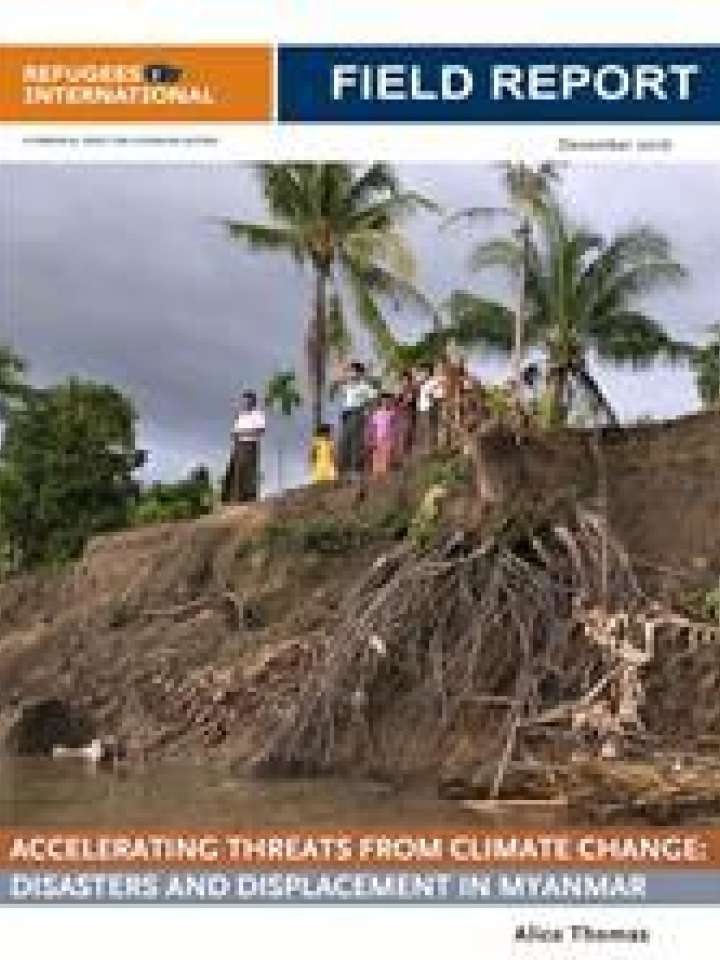Accelerating threats from climate change: Disasters and displacement in Myanmar
This field report provides information on the state of extreme vulnerability to disasters and climate change in Myanmar which has resulted in the relocation and the displacement of communities. Following massive floods and landslides that affected nine million people in 2005, the government has struggled to balance humanitarian needs with longer-term development issues. Flood-affected communities in some of the poorest and most conflict-ridden areas of the country have yet to recover. The report states that the government will need to work with its partners to build its technical capacity to better mitigate the adverse impacts of disasters and climate change on displacement and migration. Failure to do so will continue to undermine development and exacerbate Myanmar’s other development challenges.
Recommendations for action include:
- Donor governments and development and humanitarian agencies with expertise in disaster risk management must work collaboratively to support the Myanmar government in developing and implementing proven strategies that mitigate disaster displacement risk.
- The Myanmar government, with the support of the multilateral development banks, donor governments, the United Nations (UN), and the private sector, must prioritize investments in recovery and livelihood restoration.
- The Myanmar government and its partners, with the support of technical experts and international initiatives such as the Platform on Disaster Displacement, should develop policies, procedures, and guidelines for planned relocation.
- Members of the UN humanitarian country team in Myanmar providing support for the relocation of disaster-displaced communities must develop joint internal guidelines for operationalizing their role.
Explore further
